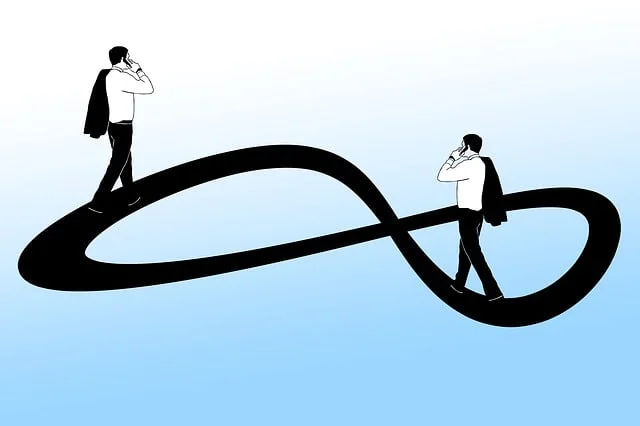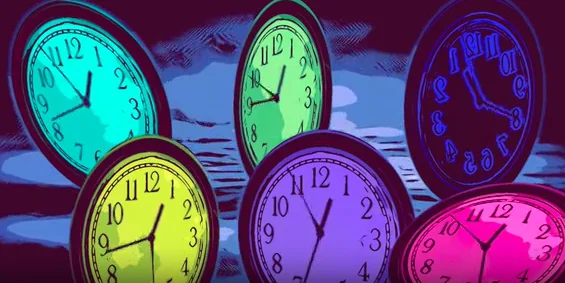The Mysterious Paradox has long captured the imaginations of both science fiction enthusiasts and serious physicists. It presents a mystery that challenges our understanding of time and causality. This paradox emerges from the hypothetical implications of time travel, especially the idea that changing the past could erase one’s existence. In this blog, we will delve into the intricacies of the Grandfather Paradox, examining its origins, potential resolutions from physics and quantum mechanics, and the intriguing experiments that hint at the paradox’s mysterious nature.
Unveiling The Grandfather Paradox

Understanding What this Paradox is?
The Grandfather Paradox unfolds like a perplexing tale, with a time traveler journeying to the past and contemplating the unthinkable—killing their biological grandfather. The paradox arises from the apparent contradiction that eliminating the grandfather prevents the time traveler’s birth, making it impossible for them to travel back in time and commit the act. This cyclic loop of cause and effect challenges the fundamental principle that a cause must precede its consequence.
Physics and the Grandfather Paradox
Albert Einstein’s theory of general relativity lays the groundwork for serious reflection on the Grandfather Paradox. The fabric of space-time, as proposed by Einstein, opens the door to the concept of closed timelike curves (CTCs). These CTCs, particularly Type 1, theoretically allow a time traveler to journey into the past and interfere with their past self, creating a scenario where the paradox could unfold. However, the Novikov self-consistency principle offers a potential safeguard, ensuring that events along the CTC maintain a consistent order, preventing backward causation.
- Advertisement -
Quantum Physics and the Grandfather Paradox
The enigmatic world of quantum physics introduces a potential savior for the Grandfather Paradox. Hugh Everett’s many-worlds interpretation suggests that every quantum event spawns multiple parallel worlds, each representing a different outcome. Applying this to time travel, if a time traveler alters the past, they could create a divergent world where the changes happen, avoiding the paradox in their original timeline. This interpretation raises intriguing questions about the nature of reality and the coexistence of multiple timelines.
Experiments on The Paradox
While this mystery remains fixed in theories, distinguished scientists have attempted to simulate time travel in the lab. MIT professor Seth Lloyd’s quantum simulation combined closed timelike curves with quantum teleportation. That is offering insights into the potential outcomes of time-altering scenarios. Remarkably, the simulation hinted at a self-correcting mechanism, suggesting that any attempt to trigger the Grandfather Paradox might inherently fail. This experiment provides a vague hope for those concerned about the potential consequences of meddling with the past.
Conclusion
Within the intricate realms of physics and quantum mechanics is a captivating mystery: the Grandfather paradox. This riddle serves as a profound challenge to our understanding of time and space. Physicists exploring space-time and quantum complexities believe these hold the key to its solution. As we delve into universe mysteries, this paradox invites us to reflect on the limits of our understanding of time.


